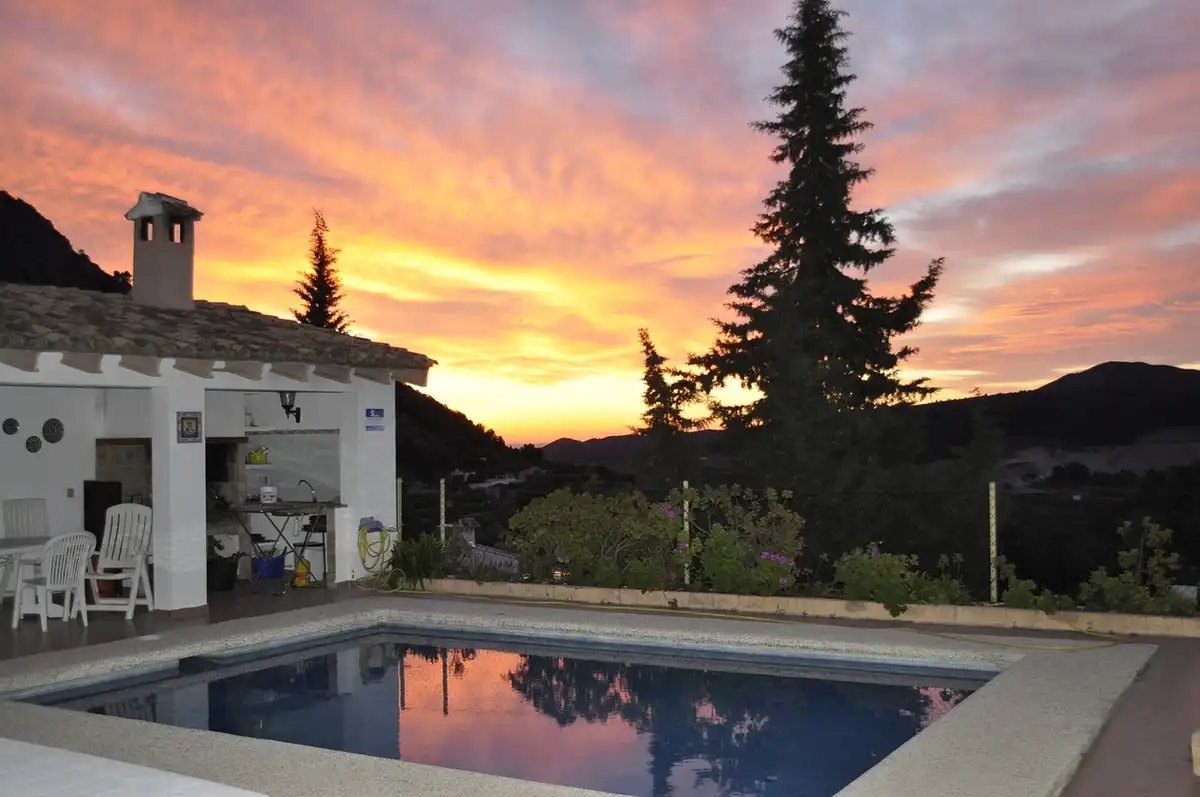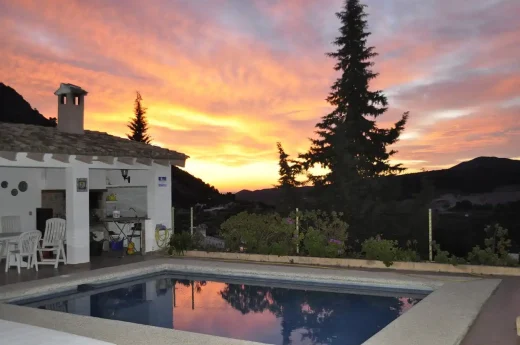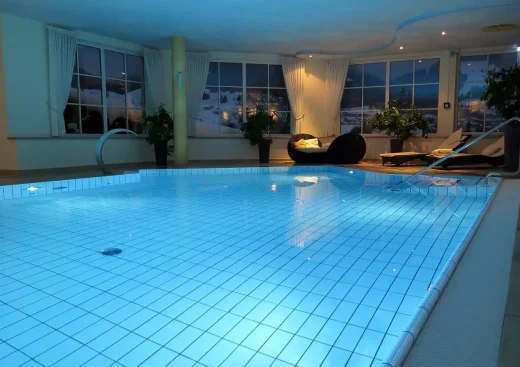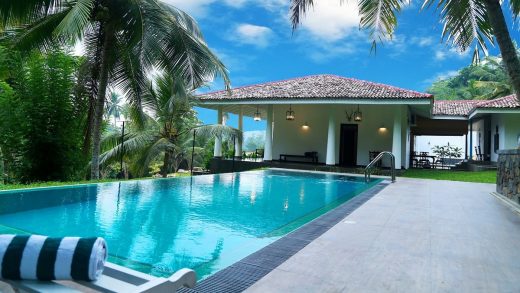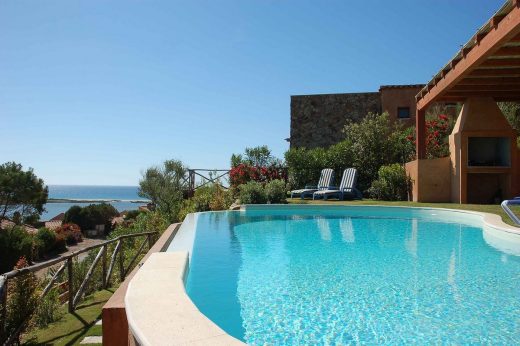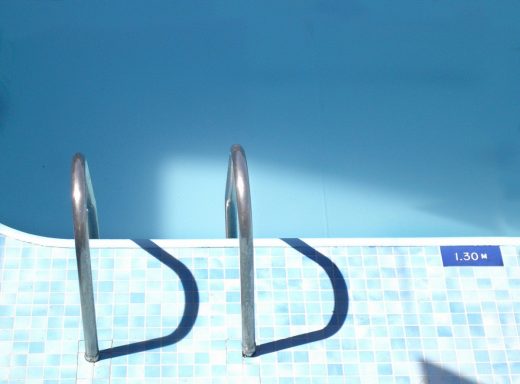Matching pool design with home architecture advice, Property swimming space, House swim area
Matching Your Pool Design With Your Home’s Architecture
16 September 2024
Creating a harmonious blend between your pool design and your home’s architecture is more than just an aesthetic choice—it’s an investment in your property’s overall value and appeal. For homeowners and architecture enthusiasts alike, the challenge lies in seamlessly merging these two significant elements to create a unified, stunning visual experience.
This blog post aims to guide you through the essential factors to consider when integrating your pool design with your home’s architectural style. Whether you’re planning a new build or a renovation, we’ll provide you with valuable insights, practical tips, and inspiring examples to help you achieve a cohesive and captivating outdoor space.
The Importance of Harmonious Integration
A well-integrated pool design can significantly enhance the overall beauty and functionality of your property. By creating a seamless flow from indoor to outdoor spaces, it makes your home feel larger, more cohesive, and more inviting. Beyond its aesthetic appeal, a harmoniously designed pool can also increase your home’s market value. Potential buyers are more likely to be attracted to properties where the pool complements the home, rather than feeling like an afterthought. This integration not only impresses guests but also provides a personal retreat that feels perfectly suited to your lifestyle and tastes.
Imagine lounging by the pool on a warm summer day, with the convenience of transitioning effortlessly from your living room to your outdoor oasis. The thoughtful design not only enhances your daily living experience but also serves as an elegant backdrop for entertaining friends and family. Whether it’s weekend barbecues, evening swims, or simply enjoying a quiet moment by the water, a well-designed pool area becomes an extension of your living space. Investing in a pool that is beautifully integrated into your home’s design ensures that it will be a cherished feature for years to come, providing both enjoyment and value.
Factors to Consider for a Perfect Match
When designing your pool to match your home’s architecture, several factors come into play. The architectural style of your home sets the tone for your pool design. Consider the materials, shapes, and colours that complement your home’s aesthetic. Additionally, think about the surrounding landscape and how it integrates with the pool area to create a cohesive and inviting outdoor space.
Architectural Styles and Pool Features
- Modern Architecture: Clean lines, minimalistic features, and geometric shapes characterise modern homes. For these properties, infinity pools or lap pools with simple, sleek designs work best. Incorporate materials like glass, concrete, and stone to enhance the modern aesthetic.
- Mediterranean Style: Homes with Mediterranean architecture benefit from pools with natural stone finishes, terracotta tiles, and lush landscaping. Consider adding water features like fountains or waterfalls to evoke the feeling of a resort.
- Colonial Architecture: Classic and symmetrical, colonial homes pair well with rectangular pools and traditional design elements. Use brick or stone coping and add elegant touches like wrought-iron furniture and manicured hedges to complete the look.
Assessing Your Home’s Architecture
Before diving into pool design, take a moment to assess your home’s current architectural style. Start by identifying key features that define your home’s appearance. Consider elements like rooflines, windows, doors, and exterior materials. Understanding these architectural aspects will help you design a pool that complements and enhances the overall aesthetic of your property.
Additionally, think about the scale and proportion of your pool in relation to your home and backyard. A well-proportioned pool can serve as a focal point that balances the other elements of your outdoor space. Also, consider how the pool will be used. Is it primarily for relaxation, exercise, or entertainment? Each purpose may influence the design elements, such as the shape, depth, and additional features like a spa or waterfall. By reflecting on these details, you can ensure that your pool becomes a harmonious part of your home’s design, adding both beauty and functionality.
Key Elements to Consider
- Roof Lines and Angles: The shape and slope of your roof can significantly influence the lines and angles in your pool design. For example, a home with steep, angular rooflines might look best with a pool that features sharp, clean edges. Conversely, a home with softer, more rounded rooflines could be complemented by a pool with gentle curves and flowing shapes.
- Materials and Colours: The materials and colours used in your home should be reflected in your pool area to create a harmonious look. If your home features natural stone, consider using similar materials for your pool decking and coping. Additionally, think about the colour palette of your house. Matching or complementing these colours in your pool tiles, wall finishes, and outdoor furniture can create a unified and appealing look.
- Outdoor Living Spaces: Think about how your pool will interact with other outdoor areas like patios, decks, and gardens. A cohesive design will ensure all outdoor spaces flow together seamlessly. For instance, if you have an outdoor kitchen or dining area, consider the proximity and access to the pool to facilitate easy entertaining. Also, consider adding features like a fire pit, lounge chairs, or even a pergola to enhance your outdoor living experience.
- Landscaping and Plant Life: Incorporate landscaping elements that are consistent with the architectural style and natural surroundings. Choosing plants that thrive in your climate and that complement your home’s style can add a lush, vibrant atmosphere around your swimming pool. Think about the placement of trees, shrubs, and flowers to provide both beauty and privacy.
By carefully considering these key elements, you will be able to design a pool that not only fits seamlessly with your home’s architecture but also elevates the overall look and functionality of your outdoor space.
Matching pool design with home style Conclusion
Matching your pool design with your home’s architecture is a rewarding endeavour that pays dividends in both aesthetics and property value. By considering architectural styles, leveraging technology, and taking inspiration from successful case studies, you can create an outdoor space that feels like a natural extension of your home.
This process involves careful planning, selecting materials that complement your home’s exterior, and incorporating elements that enhance the overall design. Whether you’re a homeowner looking to enhance your property or an architecture enthusiast eager to explore innovative design possibilities, the journey towards a harmonious pool and home integration is both exciting and fulfilling. The end result is a cohesive and visually stunning environment that not only elevates your living experience but also significantly boosts your property’s appeal and market value.
Comments on this guide to Matching pool design with home architecture article are welcome.
Swimming Pools
Swimming Pool Posts
How to create zen retreat with swimming pool
Why you need weekly pool maintenance services
Finding the best San Clemente pool services provider
Pool safety tips when you have guests
Building Articles
Architecture
Comments / photos for the Matching pool design with home architecture advice article page welcome.

